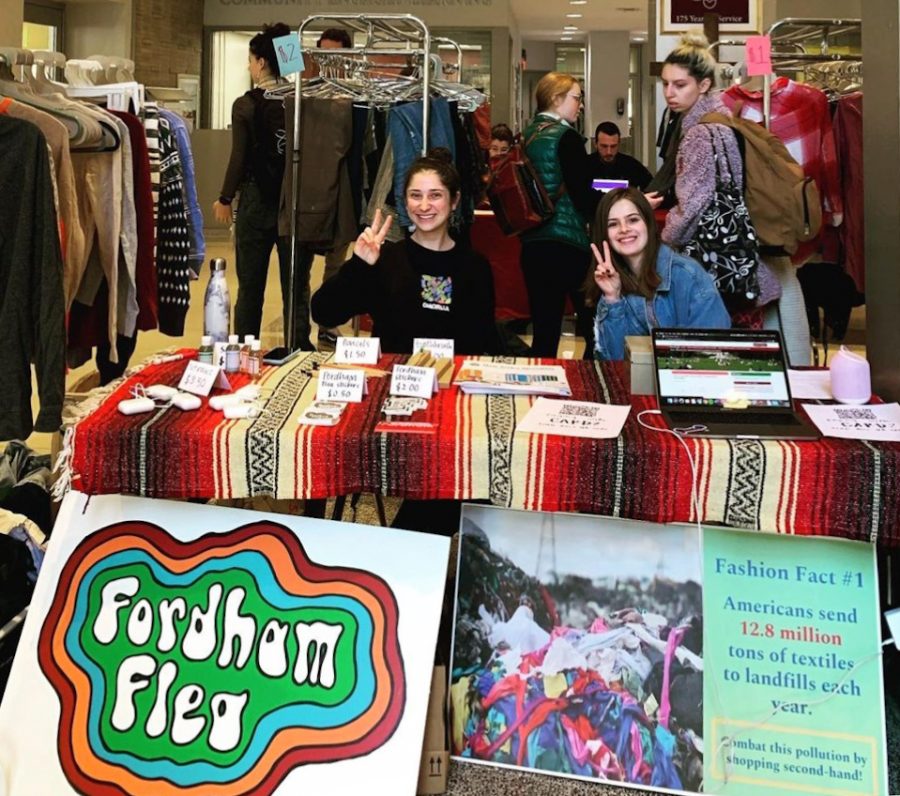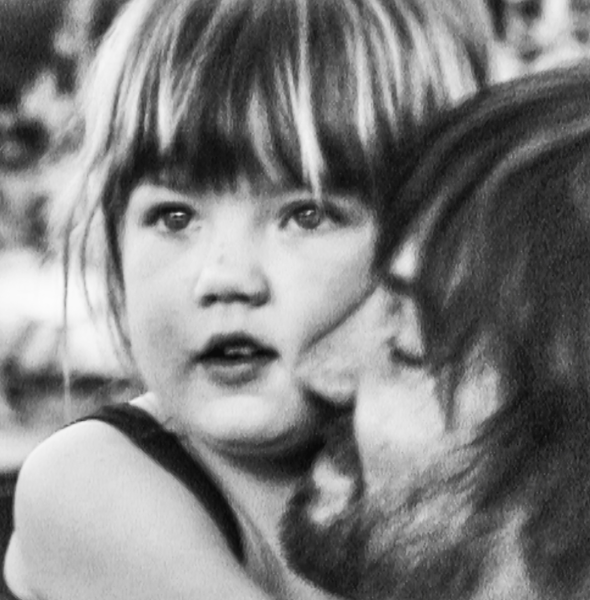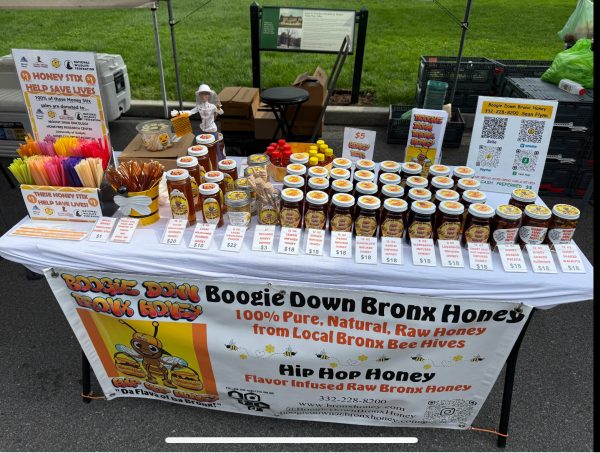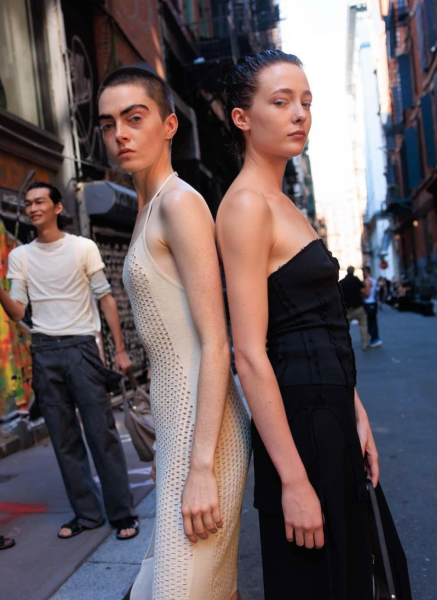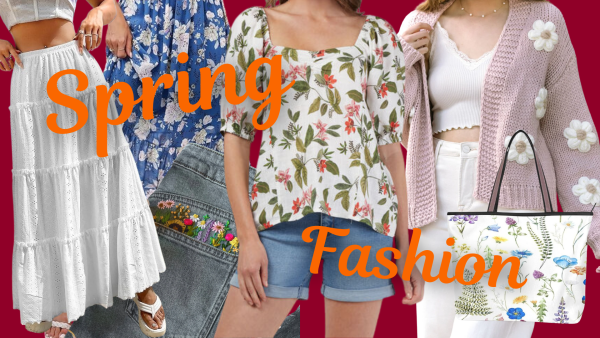Fordham Flea Defeats Fast Fashion
Fast fashion is the infamous term currently plastered all across social media. Videos on TikTok and posts on Instagram warn about the detrimental effects fast fashion has on the environment, placed right before an influencer’s haul. Below that waits an ad for sustainably produced t-shirts that cost $30 each. Yet, the debate over fast fashion does not have to be black and white: cheap and irresponsibly produced or ethically created and inordinately expensive. Fordham’s sustainability committee, a facet of the United Students Government, brings sustainable fashion to the Rose Hill campus through Fordham Flea.
Fordham Flea, a subcommittee within the United Student Government’s Sustainability Committee, organizes in-person flea markets on campus with items under $5. It also runs an Instagram account (@fordham.flea) that connects students interested in selling old clothes with those looking to buy sustainably. While the Instagram page is only a few years old, the in-person flea market has been around for longer than both the Vice President of the Sustainability Committee, Liz Shim, FCRH ’23, and the Fordham Flea liaison, Sophia Rust, FCRH ’22, can recall. Yet, the on-campus market is even more important today than it was at its inception, as social media’s influence has increased the pace of fashion fads.
“Fast-fashion really emerged with social media … trends used to last a whole year, but now they’re lasting three to four months. Because of social media, people don’t want to wear the same outfit twice, they just want to expand their wardrobe as much as they can as cheaply as they can,” said Shim.
With the dawn of TikTok, some trends don’t even last three months. “Some only last a few weeks,” an article published on StyleCaster explained, “but don’t let that stop you from giving them a try if you find one that really speaks to your style.” This quickening of trends increases the pace of the fast-fashion behemoth, meaning that more clothes will be produced, unsold clothes will be thrown away and people will fill their closets with low-quality items they may never wear again. These discarded clothes have severe impacts on the environment. According to a study published by the Global Fashion Agenda and Boston Consulting Group, “Pulse of the Fashion Industry,” 62 million tons of clothes were produced in 2015. This required 79 billion cubic meters of water and 1,715 million tons of carbon dioxide emissions. All of these resources were spent producing a huge amount of clothes, while an even larger amount — 92 million tons — were thrown away.
This waste builds up, and when the discarded textiles are made from synthetic rather than organic materials, they leach plastic particles into the environment. “A lot of this is polyester, for example,” said Shim. “You put it in the wash and millions of particles of microplastics will eventually end up in our ecosystem. That’ll affect the aquatic organisms, and that’ll affect us when we eat seafood.”
The Fordham Flea provides an outlet for students to disengage from this toxic industry. The Instagram account (@fordham.flea) is modeled after websites like Depop and Poshmark, so that students can sell their old clothes directly to other members of the Fordham community. The USG’s Sustainability Committee Instagram (@usgsustainability) posts about the in-person pop-ups that it hosts. They have also installed donation boxes in 10 dorms, where students can drop off old clothes for the Fordham Flea pop-ups and donate them to people in need.
Fordham students don’t have to stay on campus or online in order to take part in sustainable shopping. The Fordham Flea (@fordhamflea) takes place in Fordham Plaza on Sunday afternoons, and there are plenty more flea markets and thrift stores all throughout the city. Rust recommended Buffalo Exchange and L-Train Vintage, while Shim confessed that her favorite was the Goodwill in Queens because they “shuffle out bins every hour” that are full of new finds. Shim does ask, however, that we keep the original intent of places like Goodwill in mind while thrifting: “It’s designated for the less fortunate and us college students are taking advantage of that. So, only buy what you need.”
Fast fashion preys on young people’s thinner bank accounts and needs to visually define their ever-evolving identities. To free ourselves of fast-fashion and the horrific impact that it has on our world, we need a cultural shift. Instead of trying to be “in” and “that girl,” we need to embrace who we are and the power we hold.
Rust urges, “Develop your wardrobe and sense of style, because if you establish that for yourself then you can build a core wardrobe where you wear pieces that are more versatile. You’ll have a smaller closet, and you won’t need to buy as much or as often … Be really disciplined on where you choose to spend your money. As consumers, we have more power than these companies, because we’re the ones with the buying power.”
CORRECTION: In an earlier version of this article Liz Shim, Vice President of the Sustainability Committee, was incorrectly identified as Liz Chen.

Kari White is a senior from the blink-and-you’ll-miss-it state of Delaware. She is majoring in English with a concentration in creative writing, as well...



































































































































































































